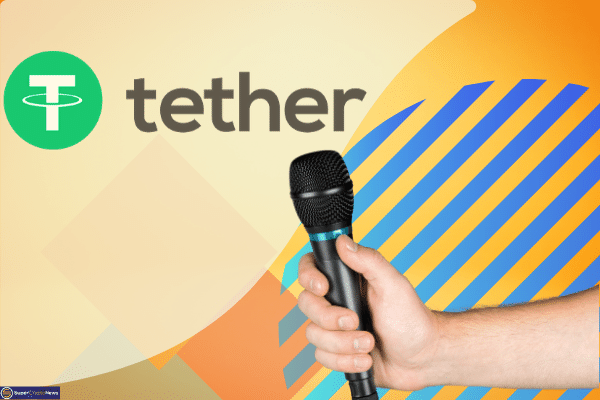In an unexpected turn of events, Tether’s leading stablecoin, USDT, experienced a slight de-pegging from its usual 1:1 ratio with the US dollar on the Curve decentralized exchange. This unprecedented development has presented a unique arbitrage opportunity for savvy DeFi traders, leading to a surge in trading activity and borrowing within the decentralized finance ecosystem, media reports said.
The temporary disconnection of USDT’s peg from the USD has caused liquidity pools on Curve and Uniswap to be overrun with USDT sellers, resulting in USDT trading below its standard parity of $1. Particularly notable is the imbalance observed in Curve’s 3Pool, the top liquidity pool for USDT trading, where the USDT balance increased to over 70%. This trend suggests that traders are selling USDT in favor of the two other stablecoins: DAI and USDC.
Responding swiftly to the de-peg, market participants seized the opportunity to borrow USDT from Aave, the leading decentralized lending and borrowing protocol. Borrowers promptly sold the devalued USDT for DAI or USDC on Curve’s 3Pool, as both of these stablecoins maintained their standard 1:1 peg with the US dollar.
Notably, an Ethereum address known as czsamsun.eth leveraged 17,400 ETH ($28 million) and 14,690 stETH ($24 million) as collateral to borrow $31.5 million USDT from Aave 2. Subsequently, the trader exchanged the borrowed USDT for 31.47 million USDC at a discounted rate of $0.997 on Curve.
This de-pegging event of USDT has created an exceptional opportunity for traders to profit from arbitrage by capitalizing on the price differences between markets. The discrepancy between the lowered trading price of USDT and its usual 1:1 parity with the US dollar has enticed traders to engage in large-scale trading activities using borrowed funds.
An address identified as 0xd2 has taken full advantage of the de-pegging situation, depositing 52,200 stETH ($85 million) through Aave V2 and borrowing $50 million USDC. The trader has been actively swapping significant amounts of USDT at a discounted rate using the borrowed USDC, which still maintains its 1:1 peg with the US dollar.
The ultimate goal for these traders is to sell the acquired USDT at a profit once it returns to its usual 1:1 peg, allowing them to repay the borrowed USDC and secure substantial gains.
Responding to the sudden surge in demand for USDT loans, Aave’s algorithmic model has automatically adjusted its interest rates to maintain market equilibrium. Consequently, the deposit rate has soared to over 15%, while the borrowing rate has experienced an increase of more than 25%.
The de-pegging of USDT from the USD has triggered an unprecedented flurry of activity within the decentralized finance landscape. Traders have skillfully exploited the opportunity, leveraging borrowed funds to capitalize on the price discrepancies associated with USDT’s temporary devaluation.
As market participants closely monitor the situation, the potential for significant profits and risks inherent in such arbitrage strategies remain key points of interest in the evolving DeFi ecosystem.



